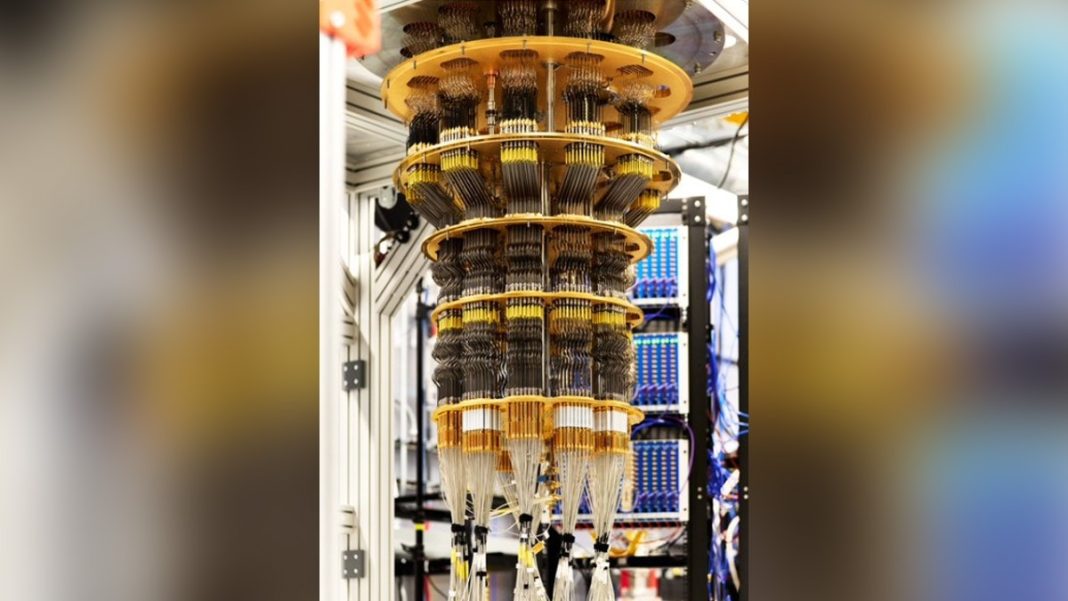Google’s Willow Chip Achieves Verifiable Quantum Breakthrough
Google has made computing history with its Willow quantum processor, achieving the world’s first verifiable quantum advantage. Published in Nature on October 22, 2025, this breakthrough marks a pivotal moment where quantum computing transitions from theoretical research to practical applications.
Key Takeaways
- Google’s Willow chip demonstrates first-ever verifiable quantum advantage
- Quantum Echoes algorithm runs 13,000x faster than top supercomputers
- Breakthrough enables real-world applications in drug discovery and materials science
- 105 high-fidelity qubits deliver unprecedented precision
The Quantum Leap
The breakthrough centers on Google’s new Quantum Echoes algorithm, which performs calculations 13,000 times faster than the world’s most powerful supercomputers. Unlike previous quantum supremacy demonstrations, these results are fully verifiable – meaning other quantum systems can replicate and confirm the findings.
Sundar Pichai, CEO of Google and Alphabet, announced the achievement on social media platform X, highlighting its significance for practical applications.
“Our Willow chip has achieved the first-ever verifiable quantum advantage,” Pichai posted. “This new algorithm can explain interactions between atoms in a molecule using nuclear magnetic resonance, paving a path towards future uses in drug discovery and materials science”.
Technical Innovation
Google’s Quantum AI team developed the algorithm to compute an “Out-of-Time-Ordered Correlator,” a sophisticated quantum measurement crucial for understanding atomic behavior. The Willow chip’s 105 high-fidelity qubits provide both superior speed and unprecedented precision, making this the first hardware demonstration of verifiable quantum advantage.
Real-World Applications
The Nature publication suggests quantum computing may finally be moving from laboratory research to applied science. If successfully replicated, Quantum Echoes could dramatically accelerate progress in multiple fields:
- Drug Discovery: Faster molecular interaction analysis
- Materials Science: Advanced material design and testing
- Chemistry: Complex molecular structure simulations
This breakthrough represents a significant step toward fulfilling quantum computing’s long-promised potential, potentially revolutionizing how we approach complex scientific challenges across multiple industries.




